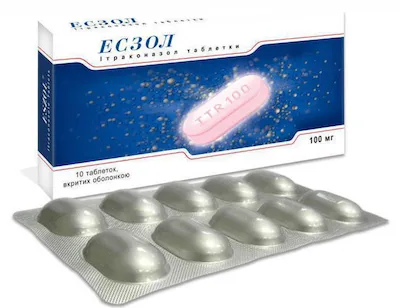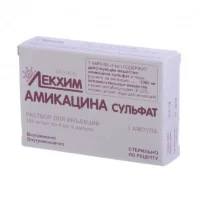Description
Eszol (Itraconazole) Coated Tablets 100 mg. №10
Ingredients:
Each coated tablet contains 100 mg of itraconazole as the active ingredient.
Mechanism of Action:
Itraconazole, a triazole antifungal agent, inhibits the synthesis of ergosterol in fungal cell membranes, leading to cell death.
Pharmacological Properties:
Itraconazole acts by disrupting the fungal cell membrane integrity, exerting fungistatic and fungicidal effects against various fungal species.
Indications for Use:
Eszol tablets are indicated for the treatment of fungal infections such as aspergillosis, blastomycosis, and histoplasmosis.
Contraindications:
Avoid Eszol tablets if there is a known hypersensitivity to itraconazole or any components of the formulation.
Side Effects:
Common side effects of Eszol tablets include gastrointestinal disturbances and skin reactions. Adverse effects should be reported to a healthcare provider.
Usage Instructions:
The recommended dosage is one tablet daily, to be swallowed whole with a full glass of water. Avoid crushing or chewing the tablet.
Benefits Compared to Analogues:
Itraconazole has demonstrated efficacy comparable to other antifungal agents with a favorable safety profile, making it a preferred choice for systemic fungal infections.
Suitable Patient Groups:
Eszol tablets are suitable for adult patients. Dosage adjustments may be necessary in specific populations such as the elderly or those with renal impairment.
Storage and Shelf Life:
Store Eszol tablets in a cool, dry place away from direct sunlight. Check the expiration date on the packaging and do not use expired tablets.
Packaging Description:
Eszol tablets are available in blister packs containing 10 tablets each, with clear labeling of the product name and dosage strength.
Scientific Evidence:
Itraconazole has been extensively studied for its efficacy in treating various fungal infections, showing high cure rates and low relapse rates in clinical trials.





